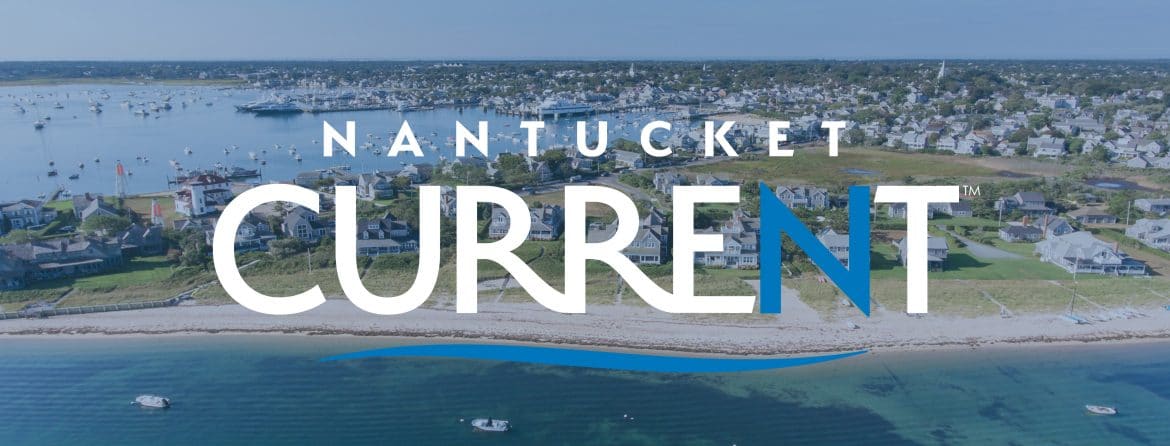After years of politically motivated posturing, opposition and dramatic overreaching by the Conservation Commission as it relates to the ‘Sconset erosion control project, there is finally an independent, fact-based assessment by outside experts.
 Earlier this month, Arcadis (a global engineering firm well regarded for its sustainable designs and focus on natural assets) released a report that reinforced many of the points ‘Sconset Beach Preservation Fund (and the MA Department of Environmental Protection, in its overturn of several ConCom decisions against the geotubes project) have been making for years.
Earlier this month, Arcadis (a global engineering firm well regarded for its sustainable designs and focus on natural assets) released a report that reinforced many of the points ‘Sconset Beach Preservation Fund (and the MA Department of Environmental Protection, in its overturn of several ConCom decisions against the geotubes project) have been making for years.
The report notes that “If effectiveness were the only evaluation criteria, Expansion of the Existing System would be the recommended Adaptation Alternative for the short term. This would provide the greatest level of risk reduction to Baxter Road, the utilities, and private properties and human safety,” (page 49). Though many have argued that this is a project designed only to protect private homes, there is a clear and timely benefit to the broader community in protecting Baxter Road, maintaining access to Sankaty Light (used by 600-800 people every day all summer) and limiting impacts to local infrastructure.
As it relates to sand replenishment, SBPF has already acknowledged that it has recently not met the requirements of the permit, made it clear when the Select Board asked us to continue the project in the short term (after we notified them that we would stop operations when the ConCom refused to even consider the recommendation of last years’ Select Board-appointed settlement working group) that this was a challenge, and established a plan to address the shortfall should the project move forward. However, we have also made it clear that past sand requirements were overly conservative and out-of-line what historic data indicates and is normally required. And Arcadis agrees: “Monitoring activities will also provide field data necessary to support an adaptive nourishment approach. Presently, the annual nourishment volume is set at a single, non-adaptive value. This approach does not allow for natural variability in sediment movement…An adaptive approach to refill the constructed template once a year rather than a single value may present a cost savings by optimizing sand needs.” (page 37).
Finally, the Conservation Commission’s continued, hasty and politically motivated efforts to remove the project clearly puts important town assets is at risk. The report is extremely clear here, stating: “It is not recommended that the existing toe protection be removed until after new infrastructure is in place, and an orderly retreat can be implemented, as there is not anything currently permittable to provide the same level of toe protection and risk reduction to the infrastructure and homes on the bluff,” (page 50).
The environmentally sound, fact-based, privately funded model of the erosion control on ‘Sconset Beach and Bluff has been mischaracterized for years by Nantucket residents who believe the only possible response to climate change and sea level rise is immediate retreat. But this project offers a model that is not only viable, but effective. It should be used to protect this area for as long as it is working and meeting all the agreed standards. Retreat can happen after no-harm, sustainable protection is no longer working. It remains disappointing that at every turn the facts have been ignored by the ConCom, putting private homes, town infrastructure and historic assets at risk.
Sincerely,
Josh Posner
Sconset Beach Preservation Fund






